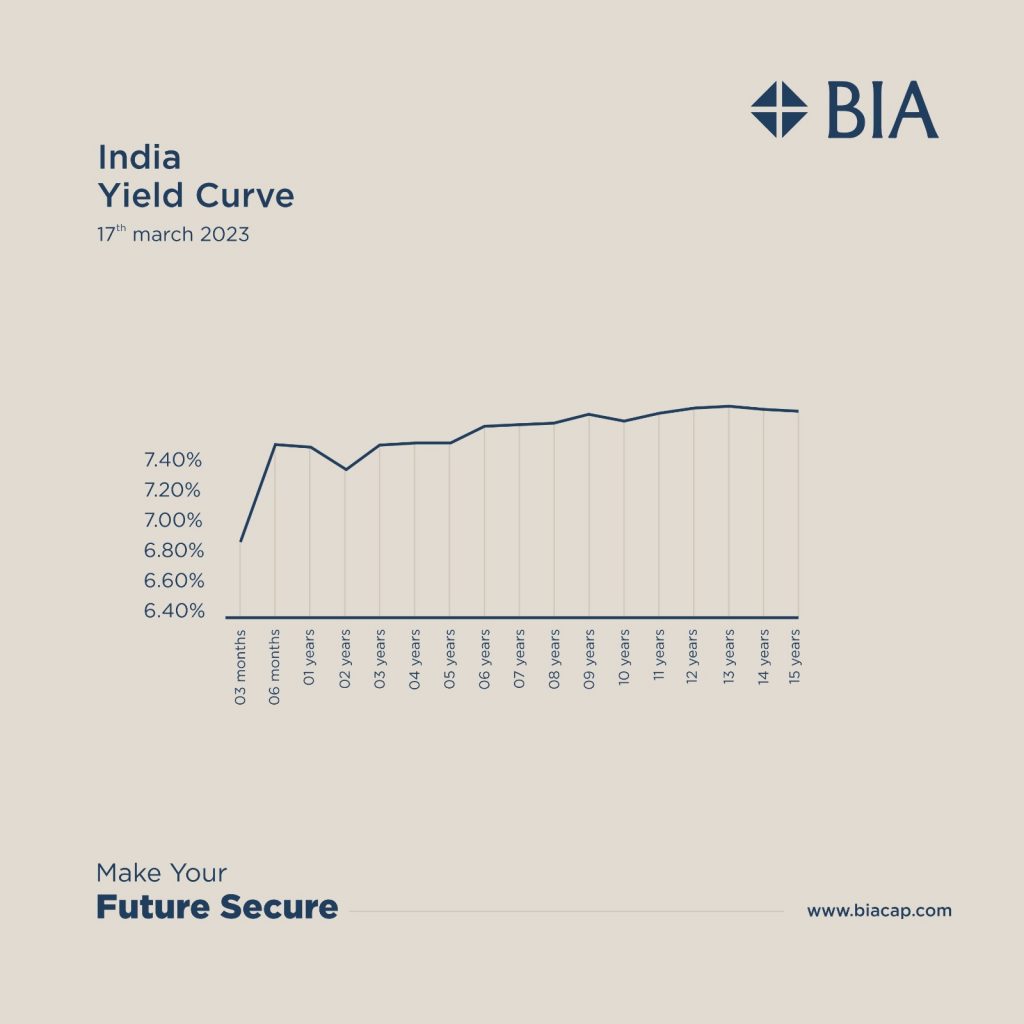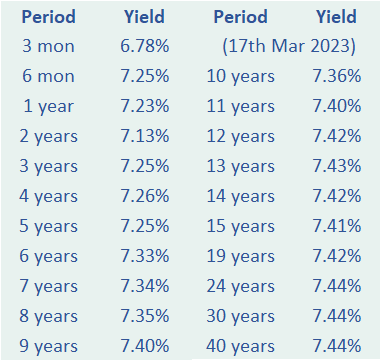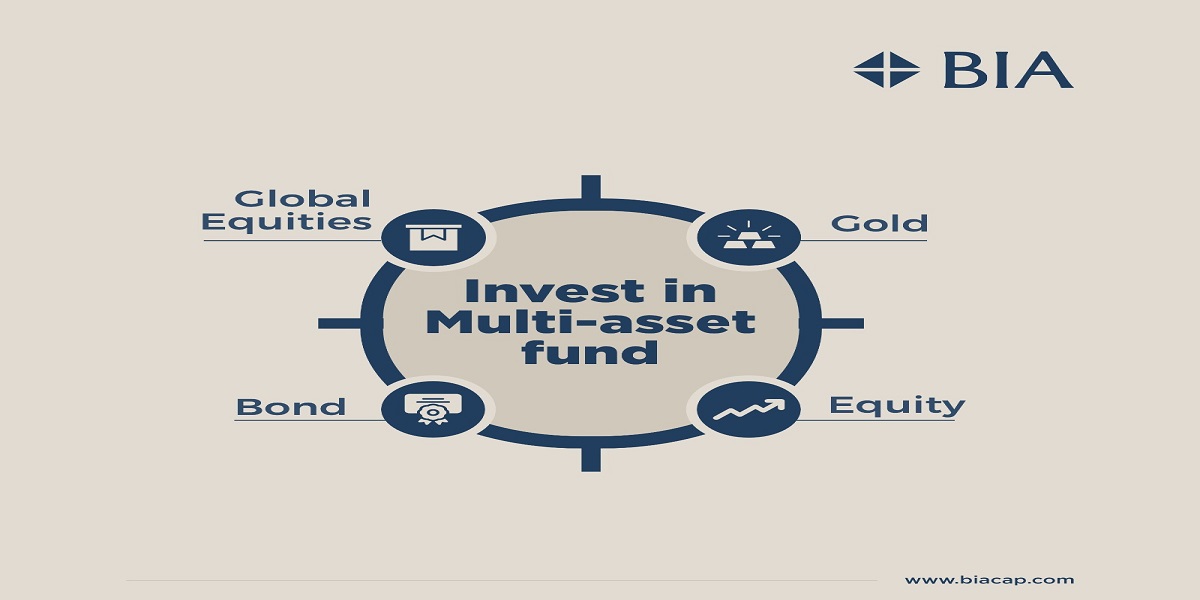Debt as an asset class is an important part of your investment portfolio. Debt act as an income generator while Equity acts as a growth generator to your total portfolio.
Traditionally Investors invested in Fixed Deposits with Banks as an only option to the debt portfolio, currently there are many options available to the Investor, including Debt Mutual Funds, Corporate FDs, NCDs, Fixed Maturity Plans, Target Maturity Funds Etc. Debt funds offer benefits like stable income, high liquidity, and tax efficiency. Let’s analyse the best options for your portfolio.
Key Takeaways
- Invest in Products that are Tax Efficient, have higher Liquidity & Flexible options
- What is a Target Maturity Fund ?
- Fixed Maturity Plans or Target Maturity Funds
- How to study the yield curve and select tenure of debt funds
Tax Efficiency & Liquidity
As the Financial year ends, i.e during the March end -Markets lack liquidity & thus the yields of debt products go up. Also a right time to invest & utilise the indexation benefit – a powerful tool to save tax when it comes to debt investing.
For Eg. If we invest in March 2023 and redeem in April 2026, we get an indexation of 4 years. Debt Instruments when sold after 3 years attract long term capital gains tax of 20% with Indexation benefit. Indexation reduces the tax outgo by adjusting the purchase price for inflation.
In Current Scenario, after analysing all the debt mutual funds and related products we find, Target Maturity Funds as the best suited option in all aspects. Lets study more about them.
Target maturity Funds
Target Maturity Fund (TMF) is an Open ended passive investment scheme that aims to replicate the composition of predefined fixed income index and has a fixed maturity date
Key Features
- Passively managed – Predominantly Buy and hold strategy
- Tax Efficient – When an investor holds for a period of more than 3 years, he gets indexation benefit.
- Liquid – Transact any time or hold till maturity
- Fixed Maturity – Suited for investors who have matching investment horizon
- Wide Variety – Maturity may range from 3-10 years, Various combination of Government Securities (GSEC) and State development loans(SDLs) & PSUs available. The Fixed Income Target Maturity Indices are listed on this link. https://www.nseindia.com/products-services/indices-fixed-income-target-maturity-indices
FIxed Maturity Plans V/s Target Maturity Funds
Both, FMPs and TMFs funds are products which help the investors to manage volatility in the bond market through a buy-and-hold strategy. They hold the investments till maturity and then distribute the proceeds to the investors . They also provide some degree of predictability on returns for those who stay invested until the maturity.
While both TMFs and FMPs are similar there are certain differences between the two that investors should know.

Yield Curve – How to study the yield curve and select tenure of debt funds ?
What is a Yield Curve ?
A yield curve is a line which plots the yield (Returns) of Bonds having equal credit quality, but different maturity dates. The Above Yield curve is of Indian Government Securities as on 17th March 2023.
Yield curves tell us how the interest rates in the economy are behaving. The shape of Yield Curve is a key metric investors watch as it impacts asset prices, performance of the banks and a major indicator of the economy. The three key types of yield curves are normal, inverted, and flat. Normal Yield Curve is the Upward sloping one where longer-term bonds have higher yields than short-term ones. Normally longer duration interest rates are higher than the shorter ones. Normal curves point to economic expansion, downward sloping (inverted) curves point to economic recession.
The Third one is flat, which we are witnessing now. India Gsec yield curve currently is flat – the yields are similar across all maturities . The medium term yields of bonds 3 to 10 years are the same. Investors get the same amount of money for short-term investments as well as for the long-term investments. Along with that , a flat yield curve also indicates that we are about to enter a period of lower expectations for inflation soon.
Central Banks Globally have raised interest rates to combat inflation. Any signs of a pause in the rate hiking cycle may favour the 3 to 6 years maturity bucket.
Conclusion
For a risk averse investor who wants a higher return than a Bank FD or tax free bonds, Target Maturity funds are the ideal investment option. However to be tax efficient the investment should have an ideal time horizon of 3 years plus. Target maturity funds will provide a diversification to your debt portfolio. Do check in the Indices composition on the NSE website and also go through the portfolio composition before taking a decision.





